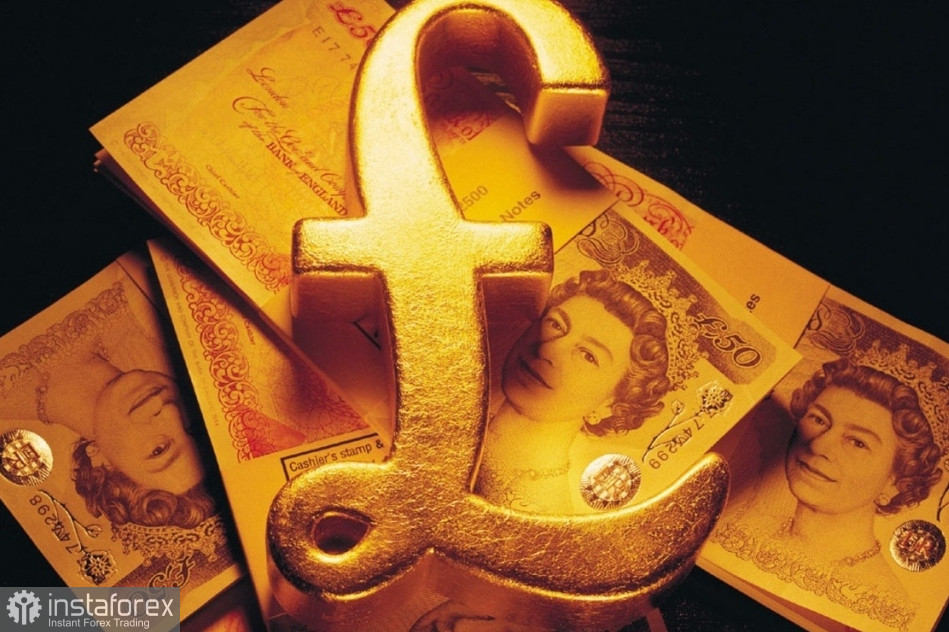The pound tested a key support level in the area of 1.1920 for the third time, a breach of which will result in the resumption of the bear market and another significant drop in the pair. But before we discuss the technical picture of the GBP/USD pair, I'd want to draw attention to some recent remarks made by Michael Saunders, a former Bank of England official who was known for being one of the most hawkish individuals in the institution.

We are all aware that the Bank of England will probably be unable to avoid a significant easing of policy in the near future due to the inflation situation. In a recent interview, Saunders, a former committee member, shocked everyone by declaring that he would vote to slow the rate of an interest rate increase.
If he were still a member of the nine-member Monetary Policy Committee, the economist said he would favor raising the key rate by a quarter point to 4.25%. Saunders asserts that it would be incorrect at this time to raise rates by 0.5%, as was done at the last two sessions.
According to Saunders, the economy is starting to suffer from the fastest cycle of monetary policy tightening in the past three decades, and there is not much more that can be done by policymakers to accomplish the desired effect of containing inflation. "Based on the evidence that we have at the moment, and with only a couple of weeks until the next MPC meeting, I would vote for a rise, but by 25 basis points rather than the 50 and 75 that we have seen in the last couple of quarters," Saunders said in an interview. "I don't believe we need to take any further action."
Recall that the Bank of England increased the base rate by 390 basis points to 4% at the end of 2021, the highest level since 2008. At the upcoming meeting on March 23, investors are very likely to predict an increase of another quarter point, with a top of 4.75% by the end of September.
Although Bank of England Governor Andrew Bailey stated this week that the bank should terminate its strong monetary policy soon, it is clear that traders have lowered their expectations for further, more aggressive rate hikes.
"We are seeing signals that interest rates are impacting many areas of the economy considerably harder than we expected - especially the housing market," said Saunders, who is currently a senior economic consultant at Oxford Economics.
In light of this, the pound continues to decline since the Federal Reserve System's policy is anticipated to be more aggressive than previously thought in the near future.
Regarding the technical analysis of the GBP/USD, the bulls have even more difficulties. Buyers must rise above 1.2000 to regain control of the situation. The only way to increase the likelihood of a subsequent recovery in the area of 1.2030 and 1.2070, after which it will be able to discuss a more abrupt movement of the pound up to the area of 1.2220, is if this resistance fails to hold. The breakdown of this range, which would occur if the bears took control of 1.1950, would strike the bulls' positions and drive the GBP/USD back to 1.1920 with potential growth to 1.1870.
Regarding the EUR/USD's technical picture, the pair is still under pressure, although today there is a potential for an upward correction. To restart the bull market, 1.0600 must be held and 1.0630 must be broken. You can easily move from this level to 1.0660 and 1.0730, with the chance of doing so soon. If the trading instrument declines, I only anticipate activity from significant buyers around 1.0600. If no one is present, it would be preferable to hold off on initiating long positions until the 1.0565 low has been updated.





















